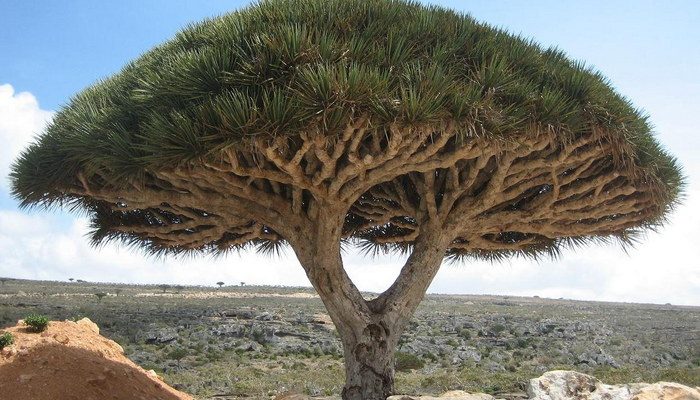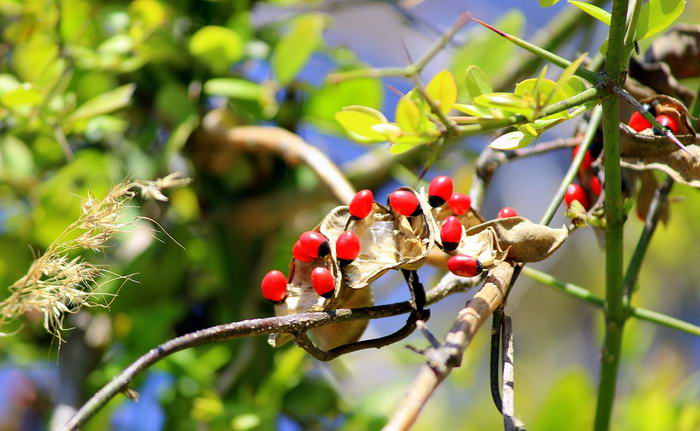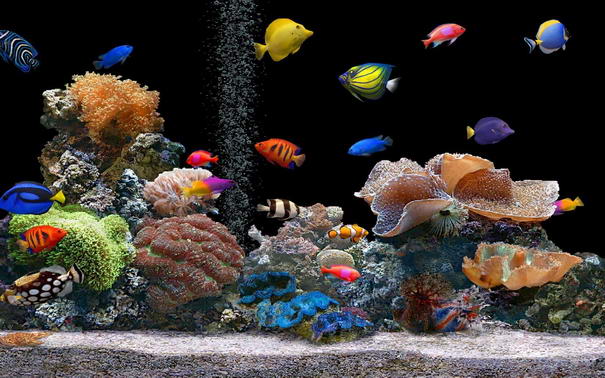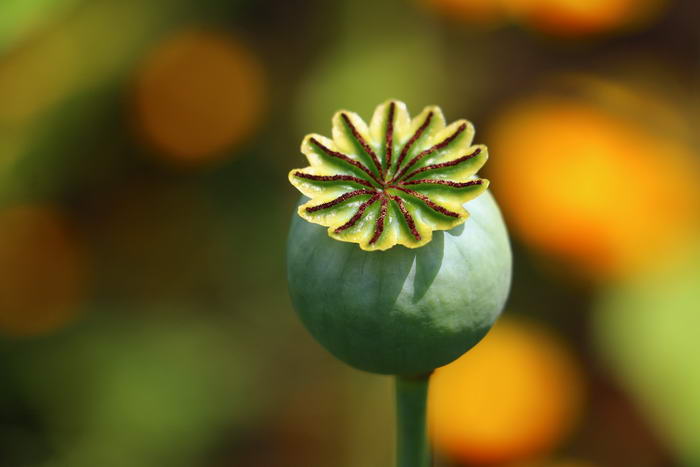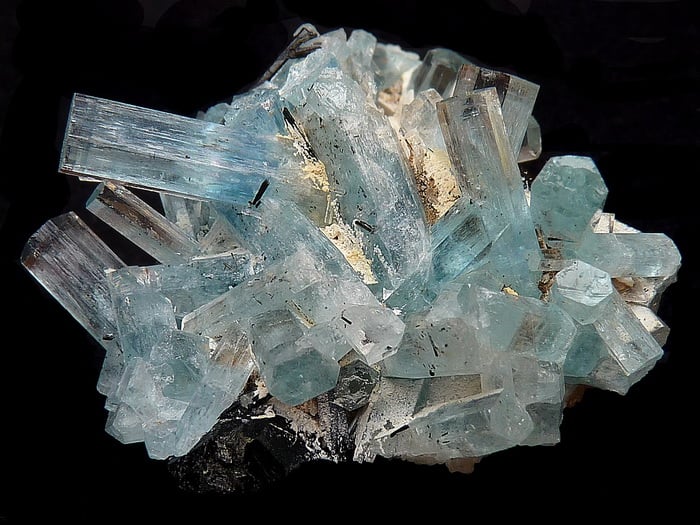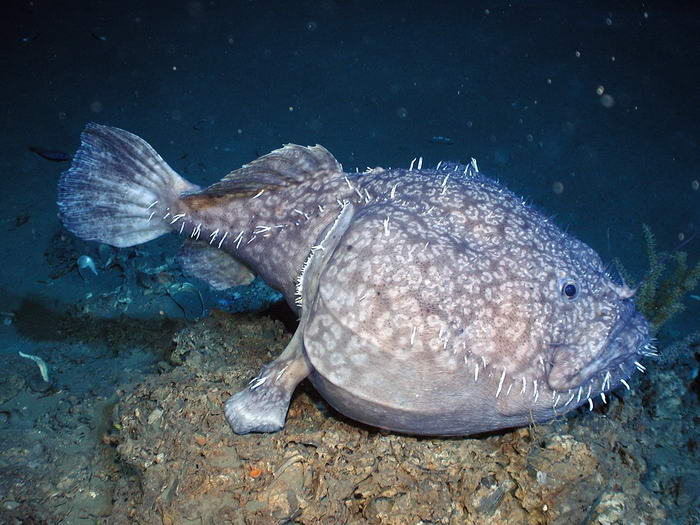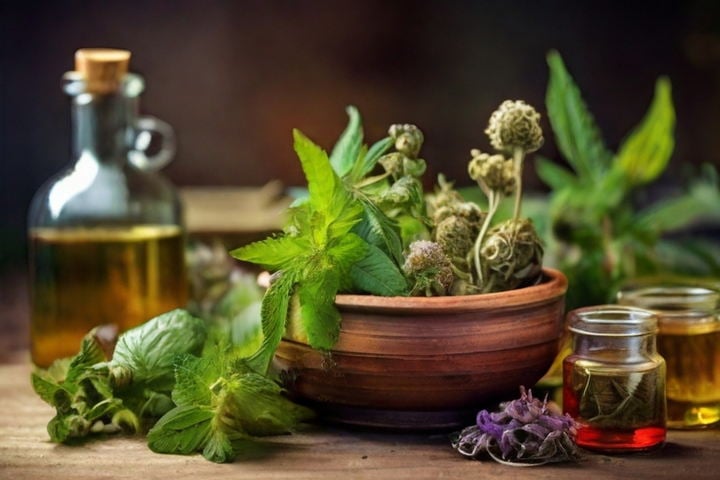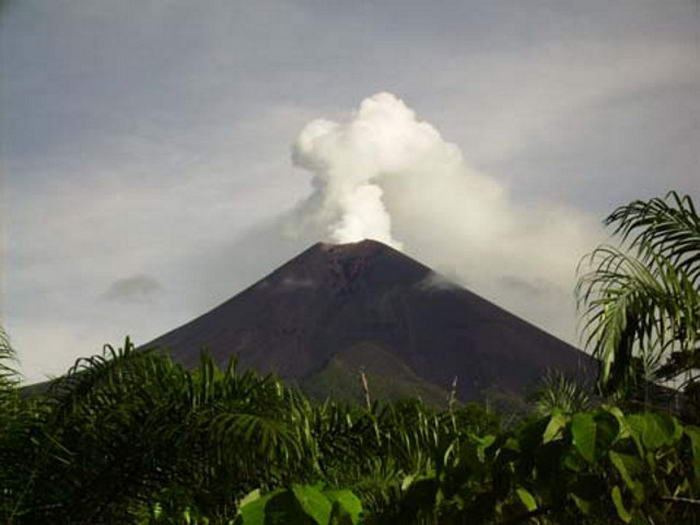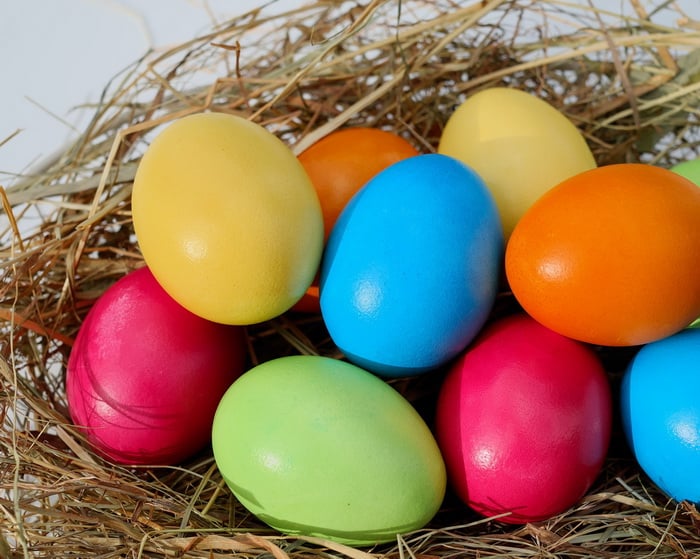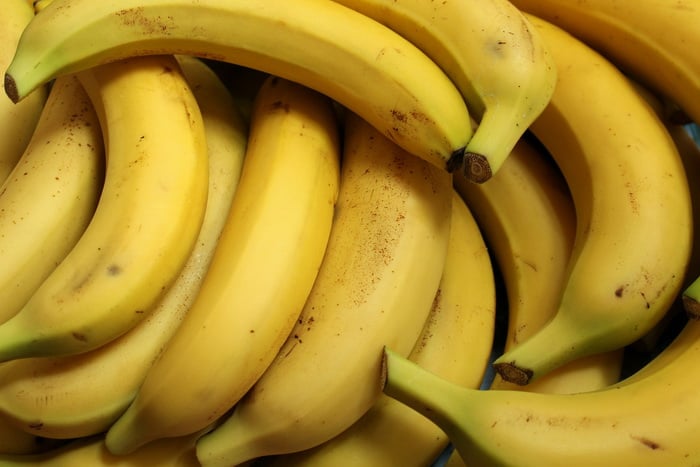The Blue Planet is home to more than 308000 species of plants and trees. Those various plants provide oxygen and food, which is necessary for survival on earth. Some plants produce beautiful attractive smelling flowers, some produce delicious fruits, some have healing abilities and some have the totally strange appearance. These exotic plants make us appreciate the complexity and beauty of Mother Nature. Check out 10 most interesting plants around the world. Of course this list is just for fun. It is really impossible to pick 10 with this variety.
10 – The Predator: Venus Flytrap
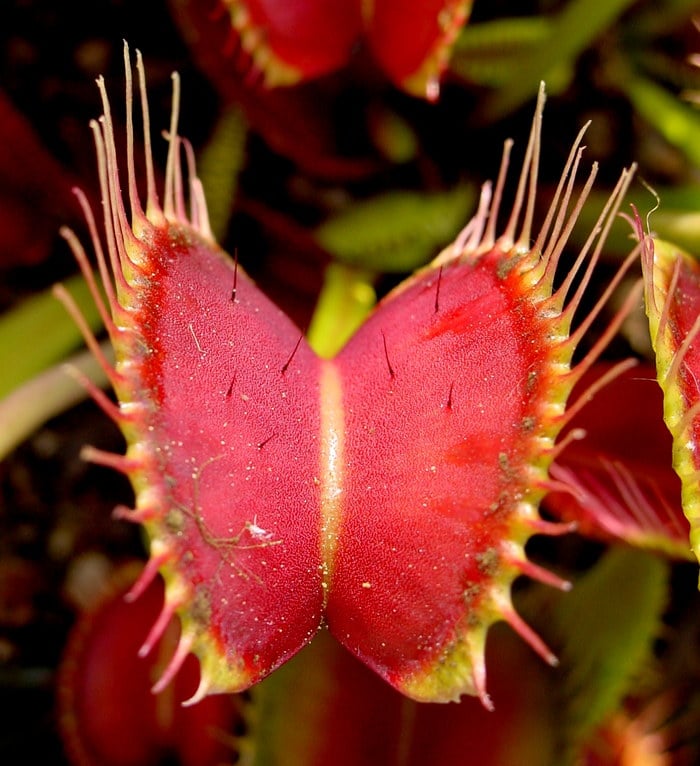
The world of plants is far from boring, and nothing exemplifies this better than the Venus Flytrap. A living testament to the phrase “survival of the fittest”, this carnivorous plant presents a fascinating case of natural adaptation. Native to the wetlands of North and South Carolina in the United States, the Venus Flytrap has evolved to thrive in nutrient-poor soil by deriving nutrients from insects.
The Venus Flytrap, known scientifically as Dionaea muscipula, uses its unique, jaw-like leaves to trap its prey. These leaves have tiny hairs on their surface that trigger the trap when disturbed. However, it’s the plant’s evolutionary strategy that truly sets it apart as one of the interesting plants. A flytrap will only snap shut if two of its sensory hairs are touched within twenty seconds of the first touch, ensuring it doesn’t waste energy on false alarms.
09 – The Deceptive Beauty: Nepenthes

Venture into the realms of the exotic plants, and you’ll meet Nepenthes, also known as pitcher plants. Renowned for their bizarre appearance and intriguing survival methods, these carnivorous plants boast a wide array of species ranging from ground dwellers to high-climbing varieties.
Their name, ‘pitcher plants’, is derived from the unique structure of their leaves, which form large, pitcher-like vessels filled with digestive fluid. These vessels, often colorful and attractive, are used to lure and trap insects. Nepenthes secrete nectar around the pitcher rim, which entices insects, leading to their unfortunate downfall into the digestive pool. As a stunning example of deceptive beauty, Nepenthes earns its spot among the world’s most interesting plants.
08 – The Botanical Beast: Rafflesia
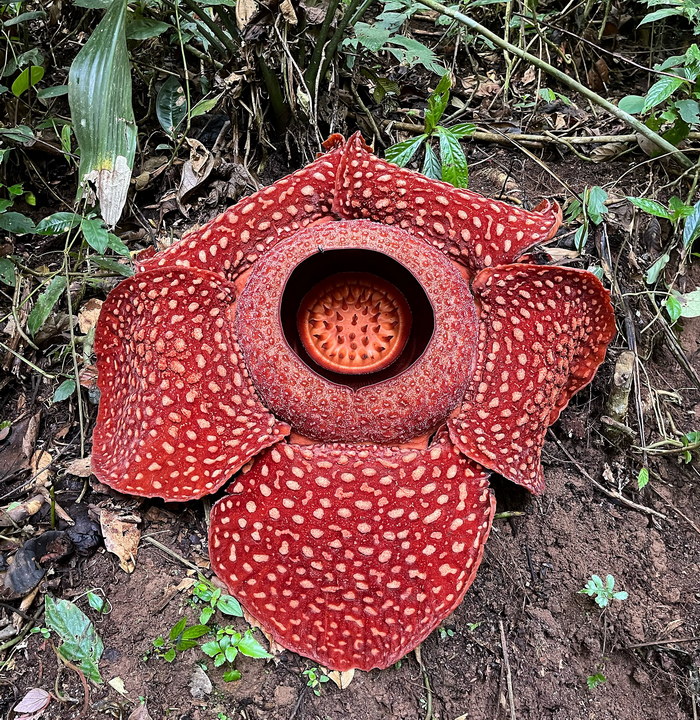
Few plants in the world are as strikingly peculiar as the Rafflesia. Found primarily in the rainforests of Southeast Asia, this parasitic plant is renowned for producing the largest individual flower on earth. However, it’s not just its size that turns heads; Rafflesia is also famous (or infamous) for its pungent odor, often likened to the smell of decaying flesh.
This malodorous scent is actually a clever adaptation designed to attract flies for pollination. Because the Rafflesia lacks leaves, stems, or even roots, it relies entirely on a host plant for sustenance and the flies it attracts for reproduction. Due to its bizarre life cycle and sensational characteristics, the Rafflesia certainly merits its place among the unique plants on our list.
07 – The Fungal Phenomenon: Yellow Brain
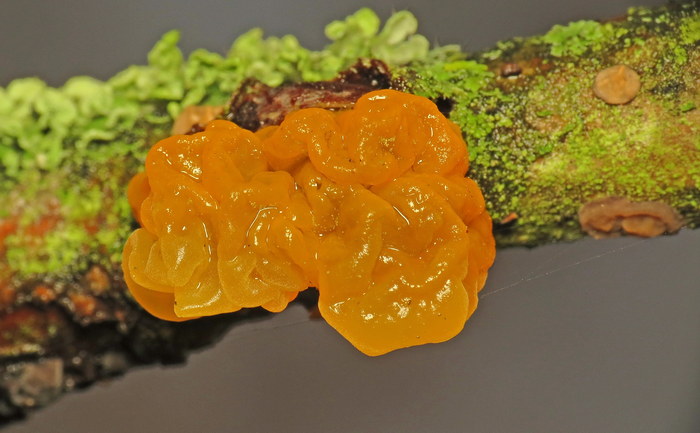
Stepping away from the typical perception of cool plants, the Yellow Brain fungus, or Tremella mesenterica, introduces us to the more obscure end of the botanical spectrum. This bright yellow, jelly-like fungus is commonly found on decaying branches in forests, particularly during damp, winter months.
Named for its resemblance to a convoluted brain, Yellow Brain exhibits a certain eerie beauty. It is, however, much more than a visual spectacle. The fungus plays a crucial role in breaking down dead wood and recycling nutrients back into the ecosystem. Despite being a fungus, the Yellow Brain shares a similar vital function with other decomposer plants, thus earning its spot among the most interesting plants.
06 – The Iconic Survivor: Socotra Dragon Tree
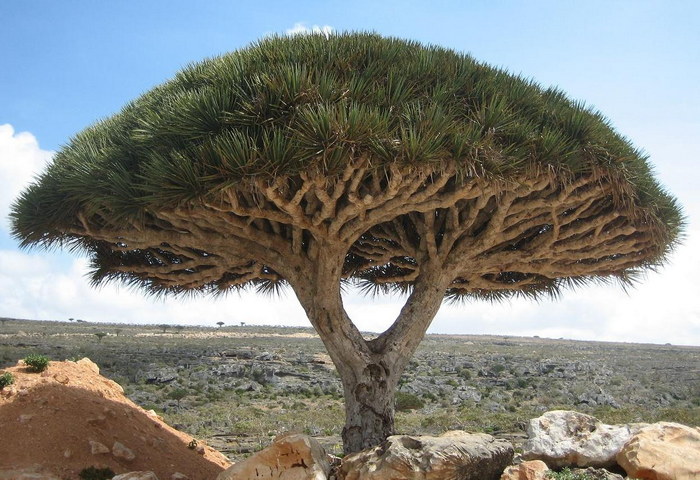
Embodying resilience and longevity, the Socotra Dragon Tree, or Dracaena cinnabari, is undoubtedly one of the most iconic plants of Yemen’s Socotra Archipelago. Its unique umbrella-shaped canopy, combined with its red sap that resembles dragon blood, sets it apart as an exotic plant worth noting.
The tree’s morphology is a perfect adaptation to Socotra’s arid conditions. Its dense canopy offers shade, reducing evaporation, while its deep roots tap into underground water reserves. Even more intriguing, the Dragon Tree’s famous ‘Dragon’s Blood’ sap has been prized for centuries for its medicinal properties, adding another layer of interest to this unique plant.
05 – The Dramatic Bloom: Corpse Flower
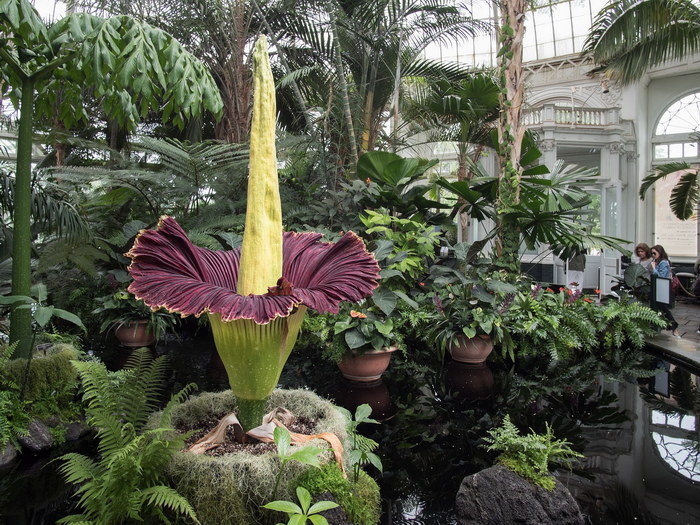
The Corpse Flower, or Amorphophallus titanum, isn’t just another interesting plant; it’s a botanical spectacle. This rare flower, native to the rainforests of Sumatra in Indonesia, is infamous for its size, lifespan, and particularly, its foul smell reminiscent of rotting meat.
The Corpse Flower holds the record for the largest unbranched inflorescence (flower cluster) in the world, capable of reaching over three meters in height. However, the real drama lies in its blooming process. The flower only blooms once every 7 to 10 years and releases its notorious odor during this period, attracting carrion insects for pollination.
04 – The Underground Oddity: Hydnora
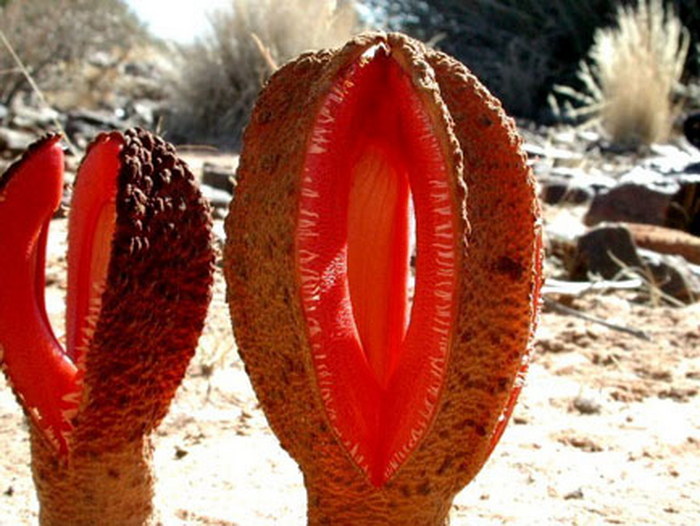
Continuing our journey through cool plants, we encounter Hydnora, an unusual genus native to southern Africa. The peculiar aspect of Hydnora is that it spends most of its life cycle underground, except for its blooming stage.
Hydnora is devoid of chlorophyll, relying entirely on its host plant for nutrients. When it does emerge from the ground to flower, the result is a bizarre, flesh-like structure. Like the Corpse Flower, Hydnora also produces a strong, foul smell to attract insect pollinators, further reinforcing its reputation as one of the most interesting plants.
03 – The Majestic Giant: Adansonia
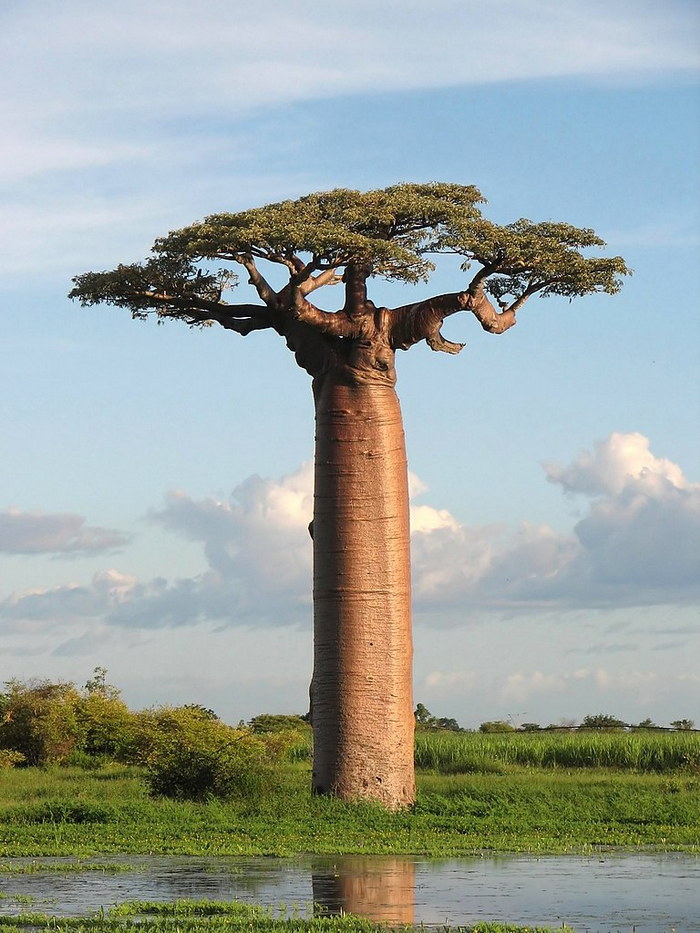
As one of the oldest and largest living organisms on the planet, the Baobab certainly earns its place among the most unique plants.
Native to Madagascar, mainland Africa, and Australia, Baobabs are distinguished by their massive trunks and sparse, branchy crowns. Their trunks are uniquely adapted to store water, enabling the tree to survive harsh, drought-prone conditions. Rich in folklore and ecological importance, Adansonia truly stands as a testament to nature’s incredible adaptability and endurance.
02 – The Fierce Bloom: Dragon Arum
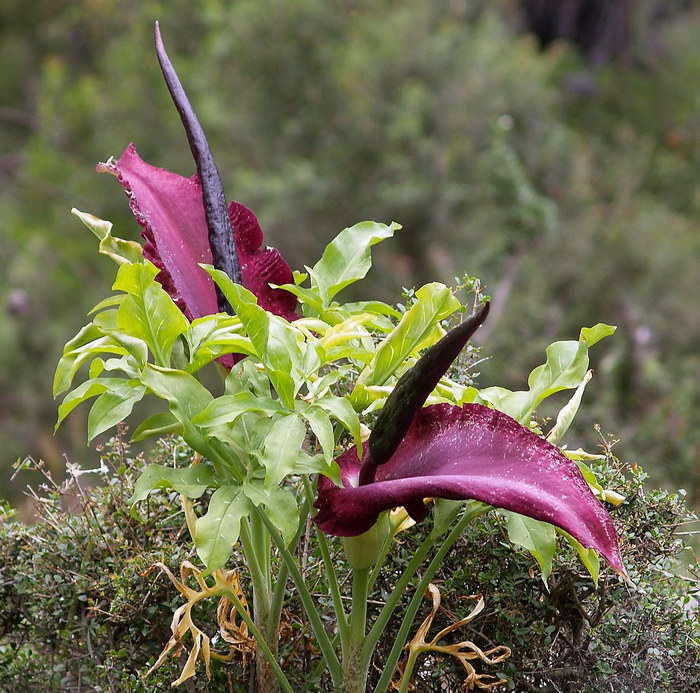
As we inch closer to the top of our interesting plants list, let’s pay homage to the Dragon Arum, also known as Dracunculus vulgaris. This plant, native to the Balkans, is a spectacle of nature’s flamboyance and creativity.
The Dragon Arum is celebrated for its large, purplish-black spathe and spadix, which stand out against its lush green foliage. This flamboyant display, however, is accompanied by a less pleasing feature – a pungent smell that has earned the plant the nickname ‘Voodoo Lily’. Despite this, the Dragon Arum remains a popular choice for bold gardeners seeking unique plants to make a statement.
01 – The Queen of Aquatic Plants: Victoria Amazonica
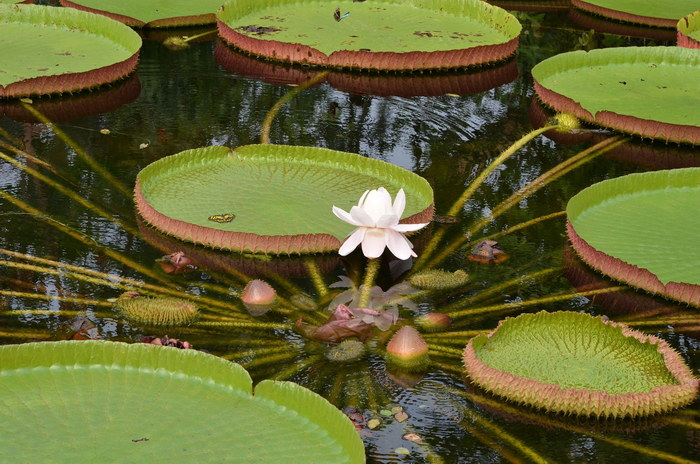
Crowning our list of most interesting plants, we present the Victoria Amazonica, the largest aquatic plant in the world. Native to the shallow waters of the Amazon River basin, it boasts enormous, circular leaves that can support up to 45 kg, thanks to their intricate rib structure and buoyant nature.
Beyond its size, the Victoria Amazonica offers a mesmerizing life cycle. The plant produces white flowers that bloom at night and emit a pineapple-like scent. Come morning, these flowers turn a deep pink, a transformation that adds a touch of mystique to this already extraordinary specimen.
The Green Deal: How Plants Nourish Human Life
Plants hold a special place in our world, not just for their aesthetic value, but also for their numerous contributions to human life. Their significance goes beyond the realms of environmental sustainability and biodiversity, offering a plethora of benefits that nourish our lives. Plants clean our air, provide us with food, offer medicinal properties, and serve as essential sources for countless materials. But their value extends beyond these practical aspects, reaching into the psychological and emotional planes of human existence.
Plants have the ability to create an environment of tranquility and peace. They have a calming effect that can reduce stress and improve mental wellbeing. In fact, research has shown that plants can improve concentration and productivity by up to 15%, reduce stress levels, and boost your mood — making them perfect for not just your home but your work space, too.
Furthermore, they are instrumental in promoting a sense of connectedness to the natural world, enhancing our appreciation for the myriad forms of life that share our planet. Engaging with plants, whether by gardening or simply admiring their beauty, can promote feelings of relaxation and contentment. Indeed, the joy of witnessing a seed sprout into a vibrant, cool plant is unmatched.
Plants make us happy!
When we interact with nature, particularly plants, we connect with a world that is timeless and powerful. We are reminded of the cyclical nature of life, and the perpetual dance between growth and decay. The coolest flowers and most interesting plants become metaphors for resilience and beauty, teaching us about adaptability and endurance. The truth is, plants make us happy because they help us step outside of ourselves, offering a sense of perspective and peace. They act as green therapists, subtly reminding us of life’s fundamental truths.


